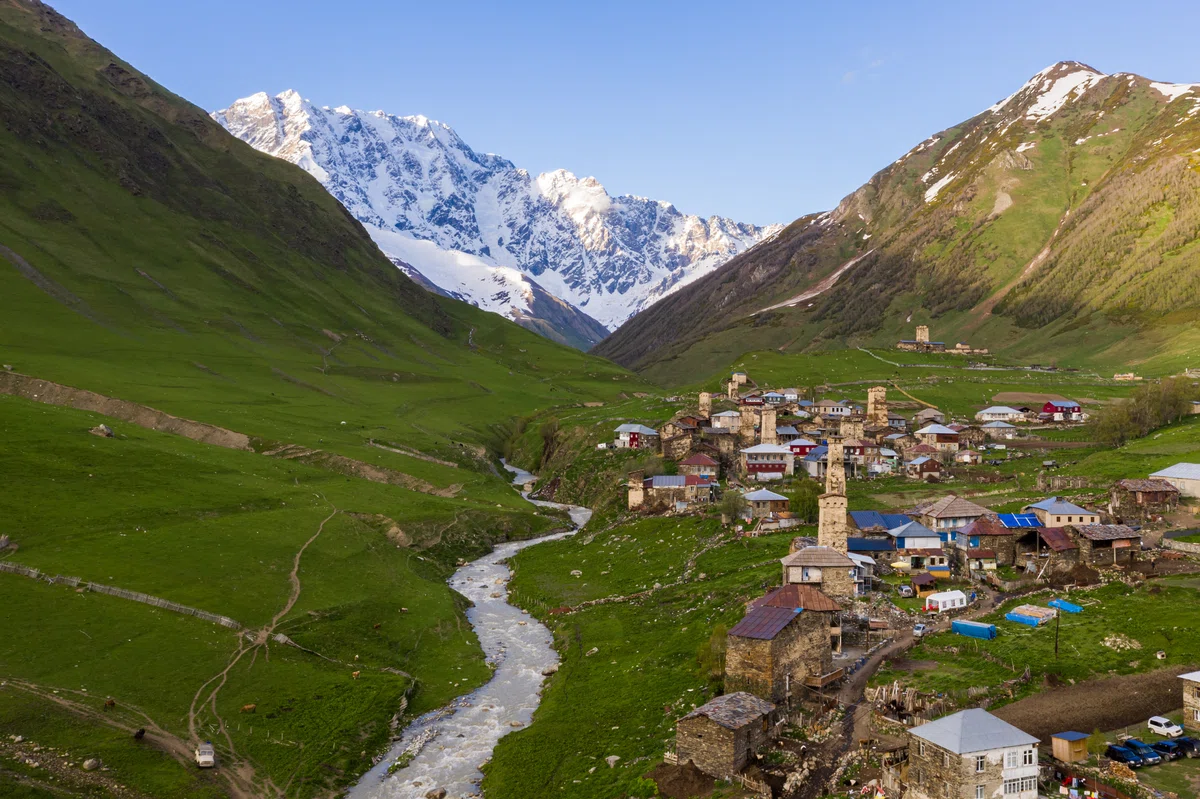
A brief history of Georgia - the first European Homo georgicus - "Georgian man".
Georgia is a small country, but with a rich history, which consists mainly of wars, conflicts and brief periods of rest. The first Georgian countries, according to the ancient chronology, were Diaohi and Kolkha, which appeared on the territories of modern Georgia in the 2nd millennium BC...
Learn more about the history of Georgia⬇️
Georgia is a small state with a long and an unusual history of development: raids, conquests, associations, development, ups and downs. The reason for such a turbulent and ambiguous history, as well as the fact that for thousands of years it has been the arena for the struggle of large empires, was the strategic location of the country.
And yet the country managed to endure all the hardships and preserve statehood. In the article we will try to summarize as briefly as possible the path that the Georgian people have passed over several millennia.
The first resident of Europe is a Georgian
History of Modern Georgia it has its roots deep in the past. Active settlement of these territories began 2 million years ago. The first European, or Homo georgicus, was precisely a Georgian man.
Since the appearance of the first man, the processes of evolution and cultural formation have been continuously taking place in these territories. According to the ancient chronology, in the 2nd millennium BC, the first Georgian countries were Diaohi and Kolkha. They were destroyed by nomads invading from the north.
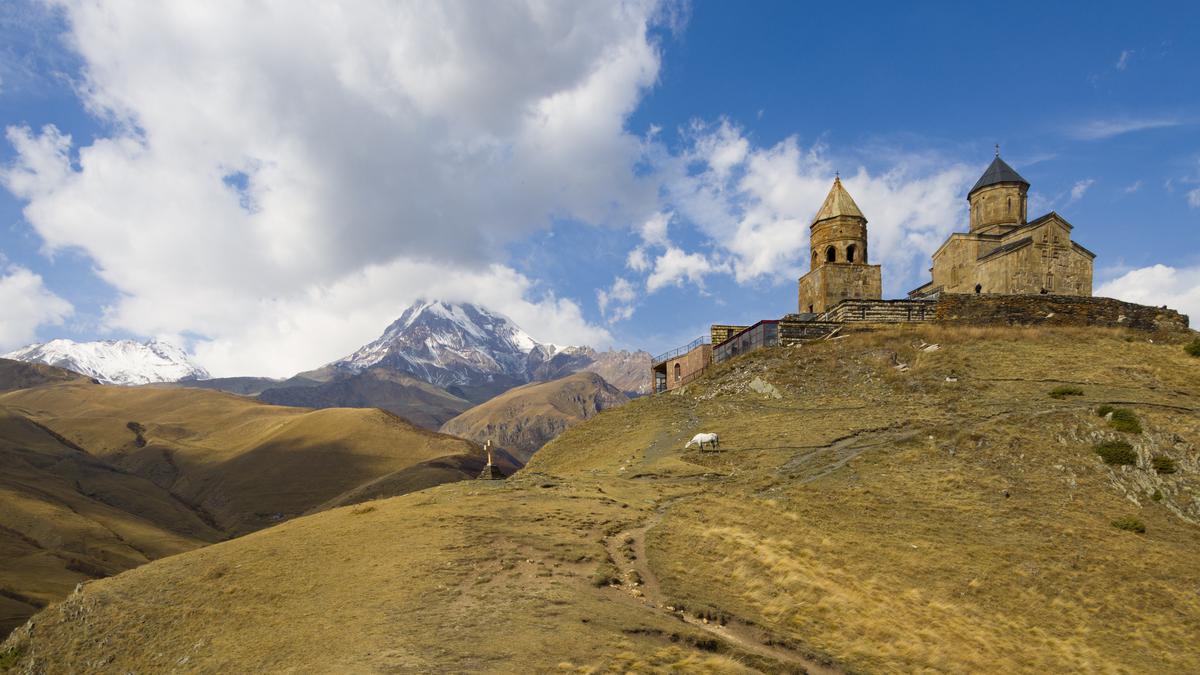
The Kingdom of Colchis and the Golden Fleece
In the VI – IV centuries BC in the same territories there were kingdoms of Colchis and Iberia, you've probably heard of one of them. The power of Colchis was reflected in one of the most famous ancient Greek myths.
Everyone who knows the story of the golden Fleece, just have to visit here. After all, the search for him took place precisely on the territory of Georgia. The appearance of the ornate Georgian alphabet is also associated with these times and with the lord of Iberia Parnavaz.
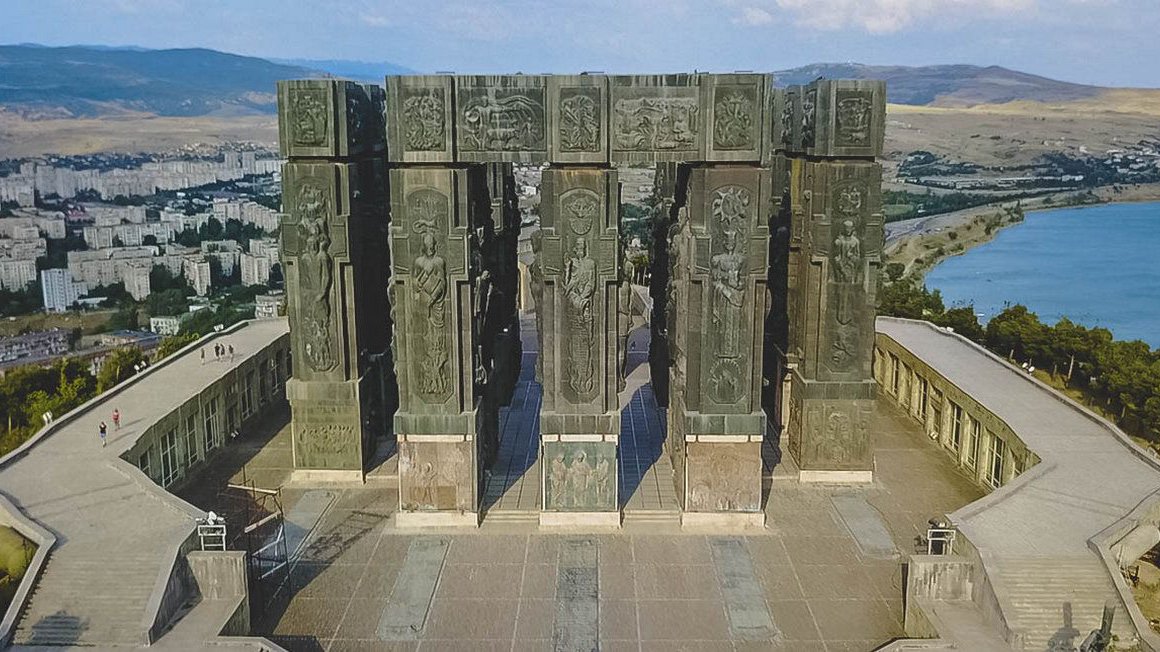
Middle Ages
The turning point in the development of the country was the IV century. In the year 326 Saint Nino, a native of Cappadocia, she introduced a new religion – Christianity. The proclamation of Christianity as the state religion determined the future formation of the state: its culture, priorities, guidelines and partner countries.
After the IV century, the process of formation of the royal Georgian principalities occurred during the Middle Ages, after which a difficult period of struggle for unity and unification into one large, powerful country begins.
In the XII century this task was completed by the most significant Georgian prince – David the Builder. He managed to create the strongest state in the Caucasus region.
Georgians associate time with the Golden Age reign of Queen Tamara. During this period, the power and authority of the state reached its peak. The consolidation of the state in this position led to the active development of medieval Georgian architecture, painting and poetry.
The golden period was followed by the sudden fall, collapse and domination of Iran and the Ottomans.
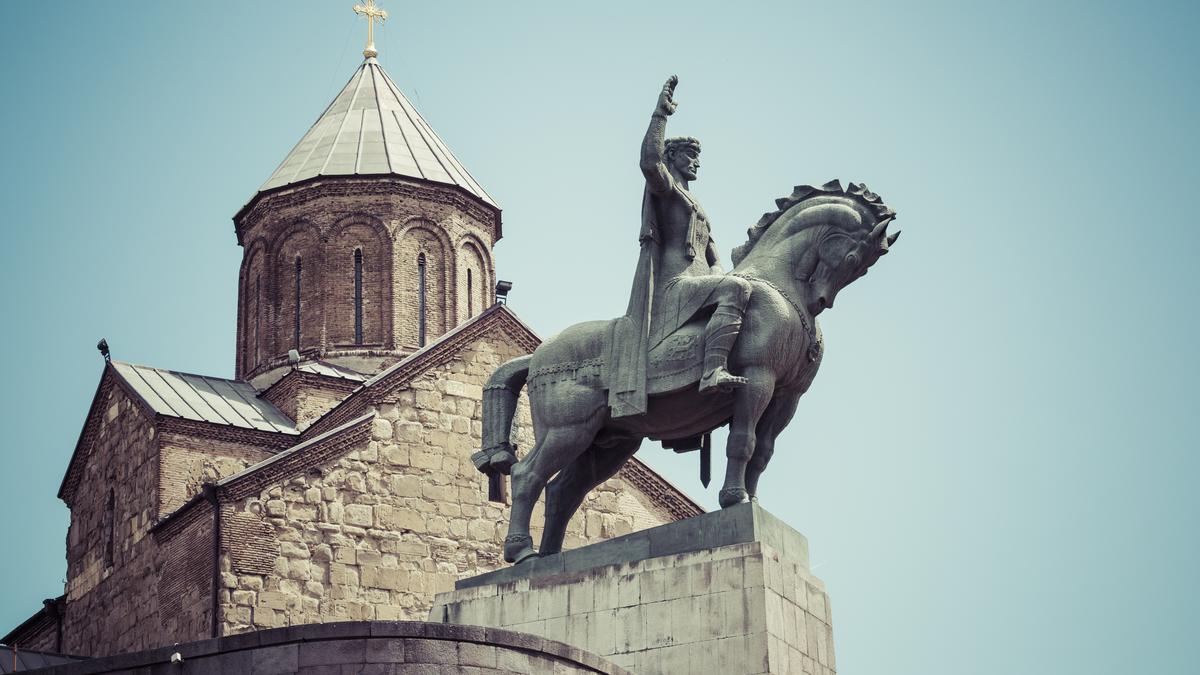
The formation of an independent country
In the XVIII century. the eastern part was able to unite again and become independent, but only for a short time. In 1783, Georgia lost part of its territory under the St. George's Contract signed in Kartli. Kakheti became a protectorate of Russia, and in 1801 it became its ordinary province altogether.
1918 was another significant date in the history of the country: the Russian Empire was overthrown, and Georgia regained its independence. But it didn't last long. So, after only 3 years, in 1921, the Georgian territory became part of the USSR.
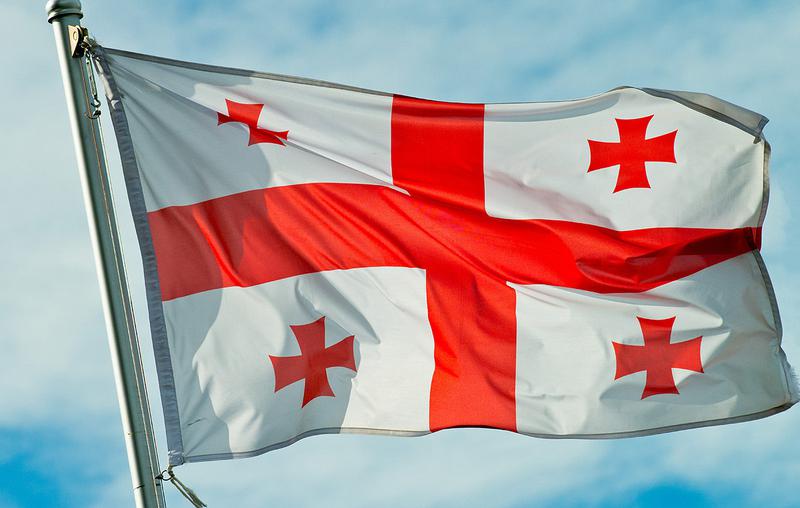
The goal of independence was achieved in 1991, when Georgia seceded from the USSR, although not in full composition of its territories. Since the 1990s, after the war in Abkhazia, the region has gained de facto independence.
Military operations in 1991-92 took place in the Tskhinvali region, where the separatists announced the proclamation of the independent Soviet Democratic Republic of South Ossetia. The Russian Federation, Nicaragua, Venezuela and Nauru recognized this fact as legitimate. After the Russian-Georgian war of 2008, the territory of South Ossetia is under the control of the Russian Federation.
Throughout history, Georgia has withstood the invasions of huge empires: Byzantium, Persia, the Mongol and Ottoman Empires. And despite several centuries of strong political storm, it remains a state that still longs for life and freedom. This country is struggling forward.
Today Georgia is a developing country with huge prospects and opportunities. The government actively promotes the development of entrepreneurship, tourism and agriculture, which makes it possible to strengthen the country's economy.
Learn more about customs, traditions and attractions on the website madloba.info . We publish the latest news, useful recommendations and detailed information about the work of all institutions in different Georgian cities.












34 comments
Log in to leave a comment
Грузинский народ выстоял, и это радует. Богатая история у страны и очень интересная!